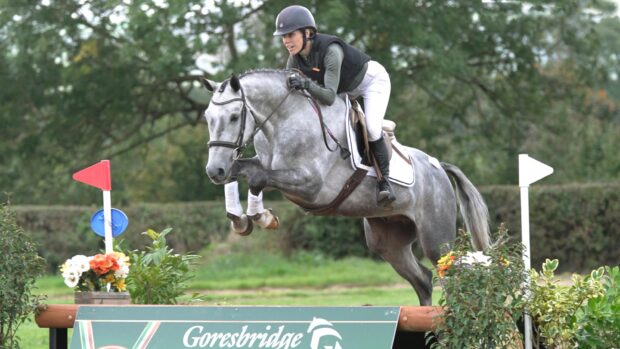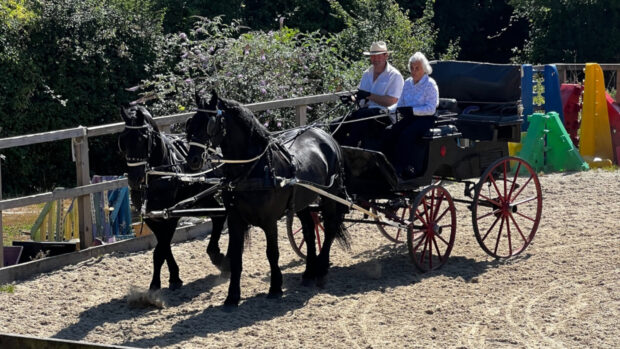A rare town coach commissioned by King Johann in 1870 is being sold by Christie’s on 30 April.
The Royal Saxon brass-mounted parcel-gilt and black painting town coach is coming under the hammer in the European Noble & Private Collections sale.
The coach came back into the House of Wettin (Albertine line) last year.
“This impressive town coach embellished with the gilt-brass coats-of-arms of the House of Wettin was almost certainly commissioned by King Johann in 1870 for use in one of the Dresden Royal residences,” said Christie’s in the auction catalogue.
The signatures on the hub caps indicate it was supplied by the Dresden-based coachbuilder Carl Heinrich Gläser in 1870 — the year he was appointed Royal coachbuilder.
Records show the Gläser company supplied the Royal house with 125 carriages and seven sleighs.
From the mid-18th century the Royal carriages were kept at the Royal stables close to Residenzschloss in the centre of Dresden, Germany.
In 1876 they were put on public display in the newly created Historisches Museum despite still being used by the Royal family.
After the dissolution of the German monarchy in 1918 the Royal Saxon town coach was one of 15 carriages to become the property of the Dresden State Art Collection.
The carriage miraculously survived the bombing on Dresden in World War Two, which destroyed much of the city.
A herse, a luggage carriage and the replica of the Coburg ceremonial carriage from the collection were the only ones damaged.
“This is an unique opportunity to purchase a carriage commissioned by one of the most distinguished German noble families and is offered for sale for the first time since it was built for the Royal House of Saxony,” said Charlotte Young of Christie’s.
“This is a very well made carriage with fine details, such as the interior trimmed with braiding depicting the family’s coat of arms.”
In 1949 with the creation of the German Democratic Republic the collection was given to the GDR State where the coach has remained ever since.
The coach has a rectangular body with two half-glazed doors, each mounted with the House of Wettin coat of arms.
This is also displayed on the brass door handles and the family crest is applied to the box seat and ribbon trimming the silk brocade interior.



